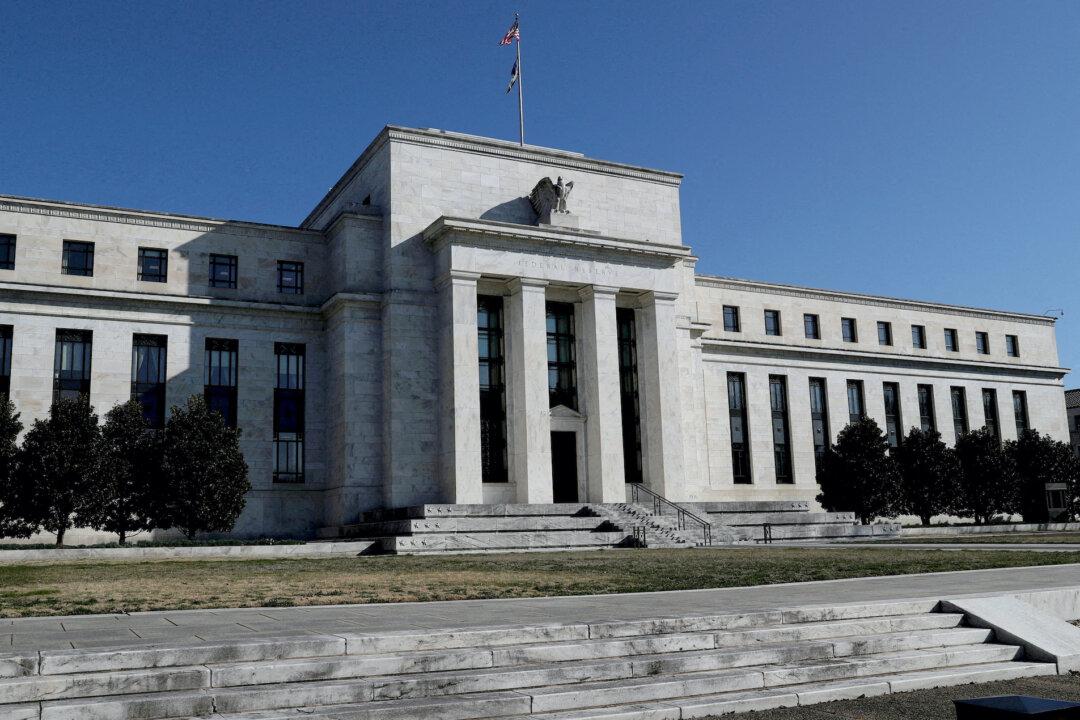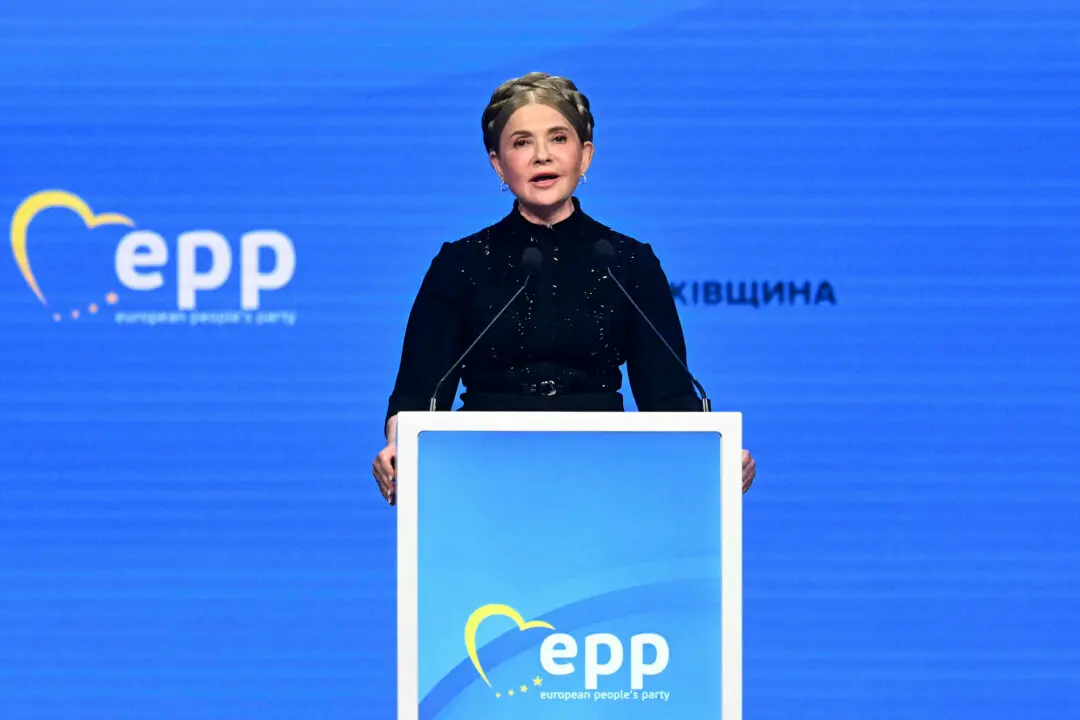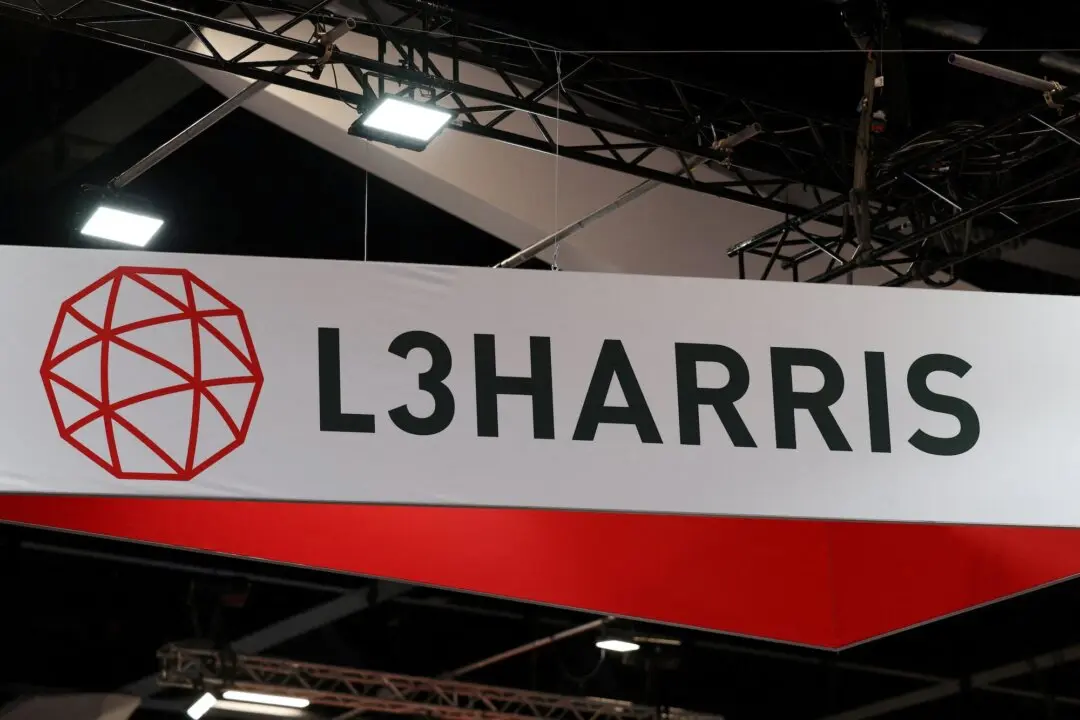Two senior Federal Reserve officials threw cold water on investor hopes for interest-rate cuts anytime soon as they both expressed concern about stubborn inflation.
Raphael Bostic, president of the Federal Reserve Bank of Atlanta, highlighted the stickiness of inflation, while saying that he doesn’t anticipate any interest-rate cuts this year and, if anything, “we may have to go up.”





